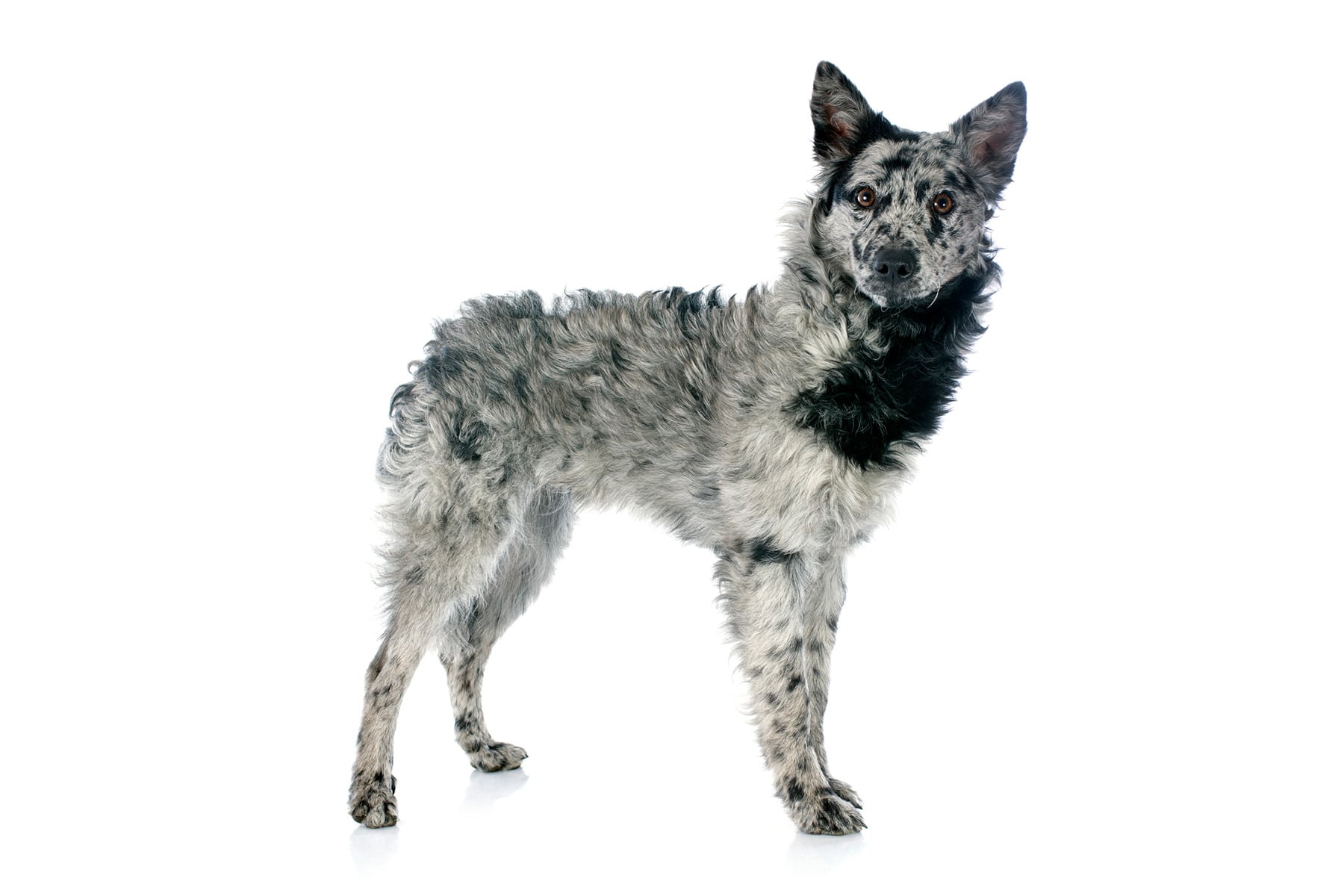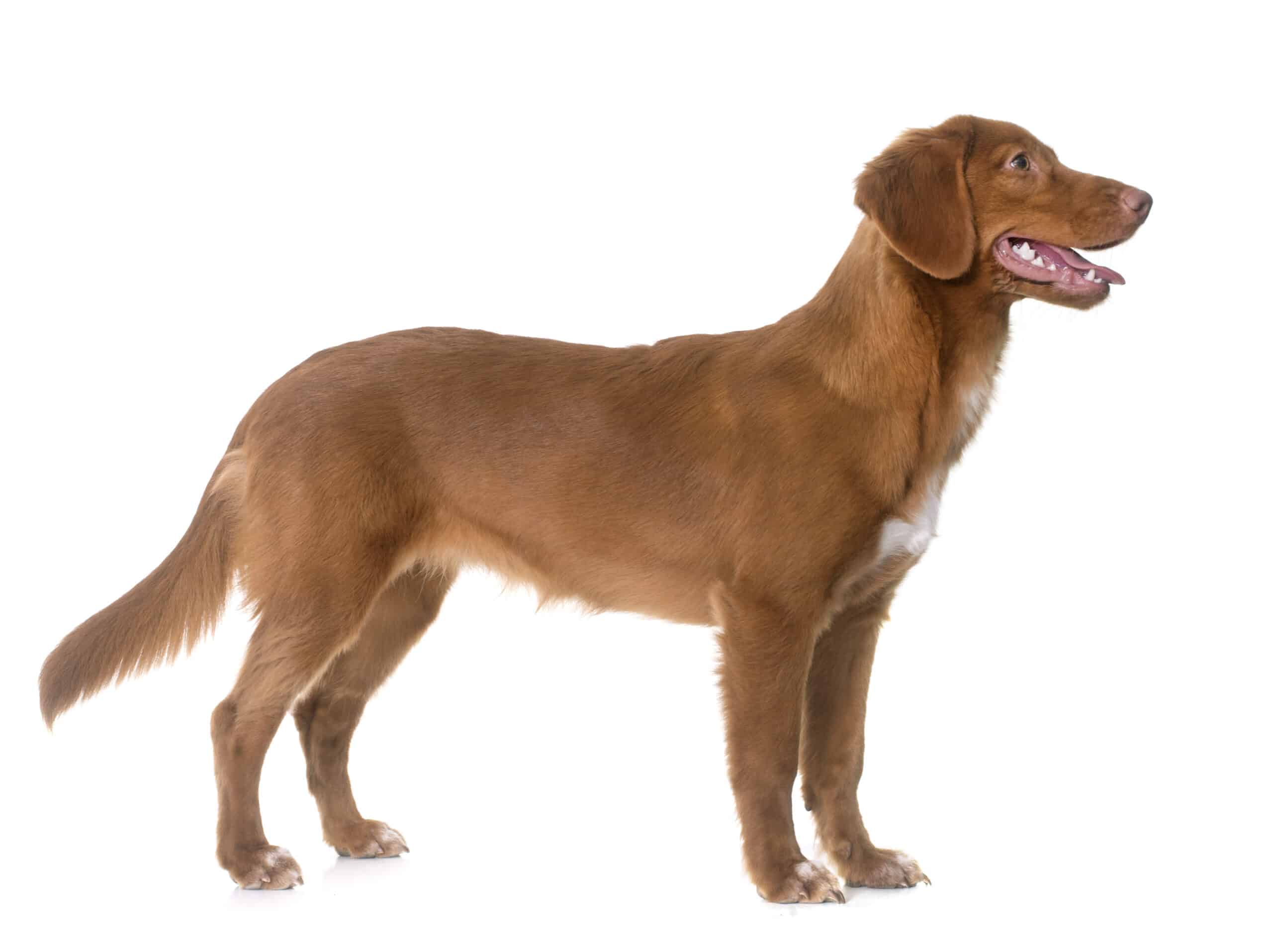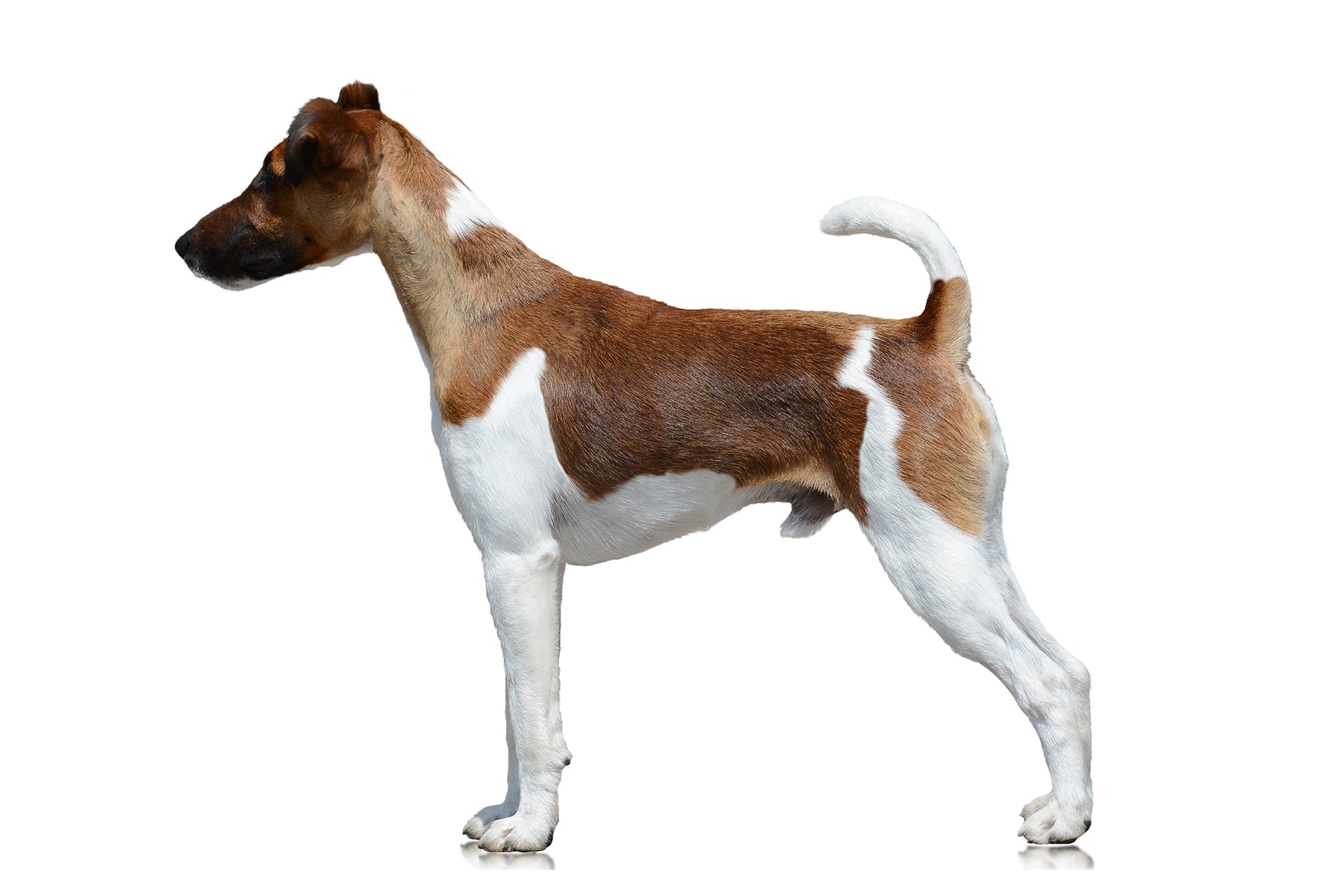Bull Terrier
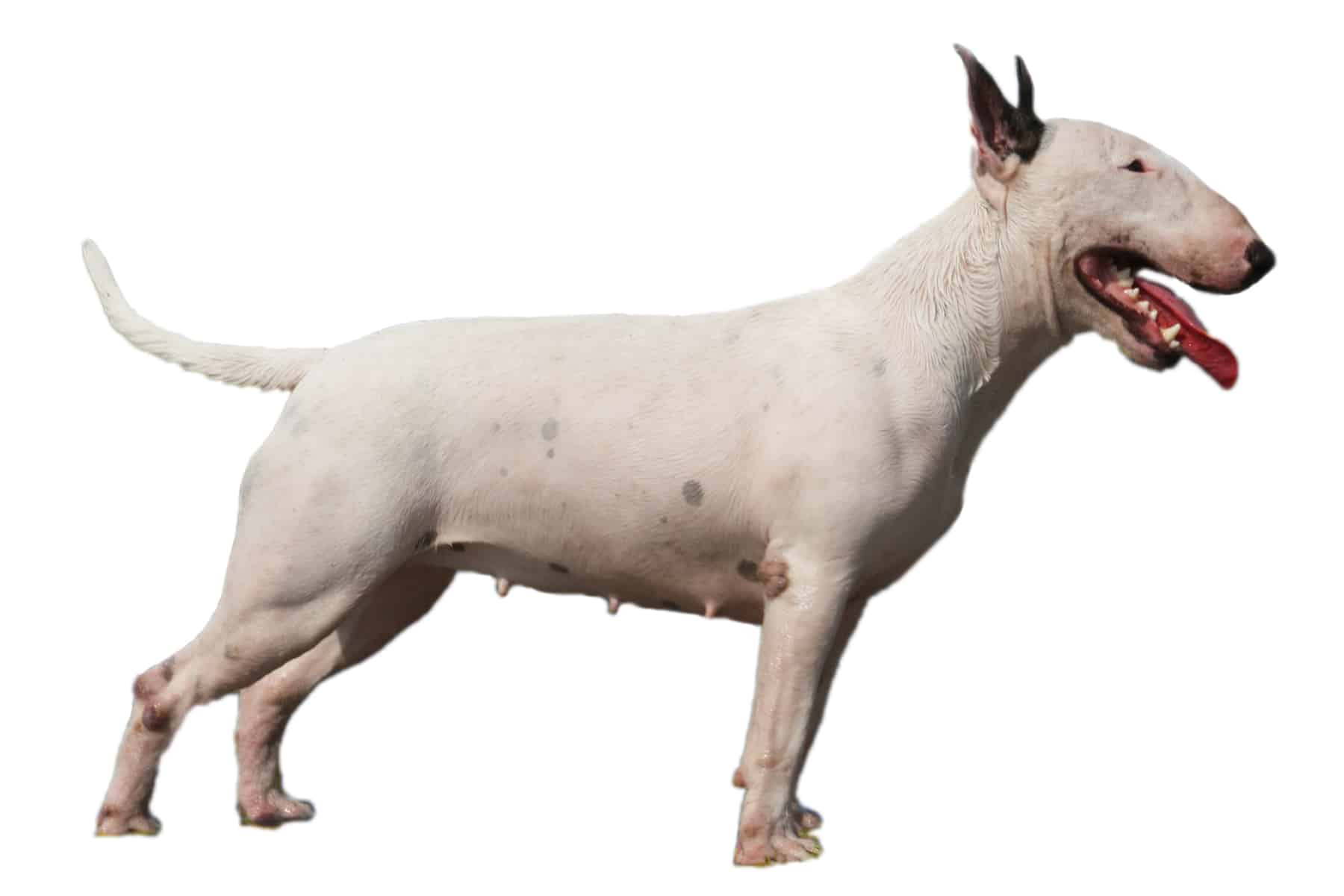
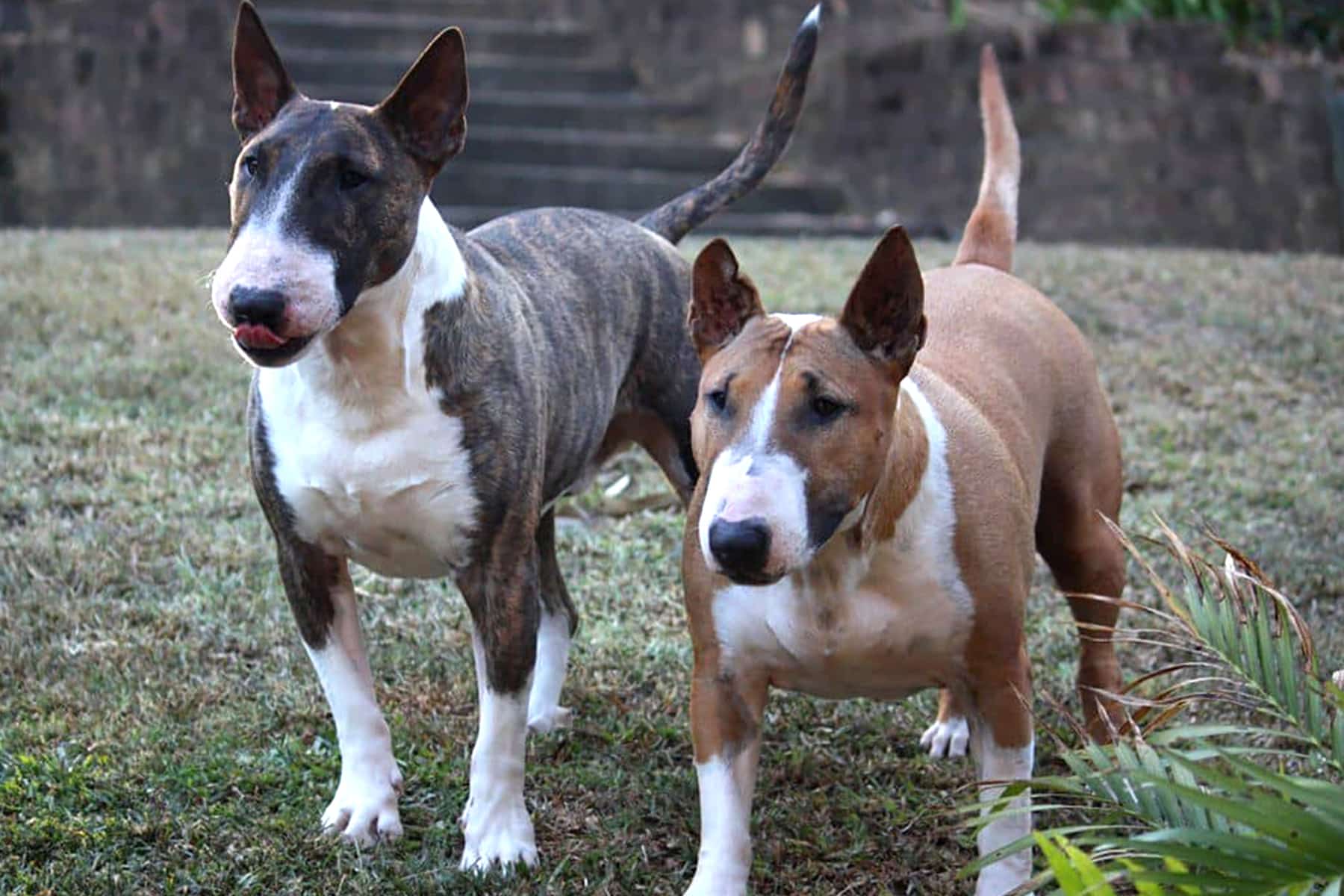
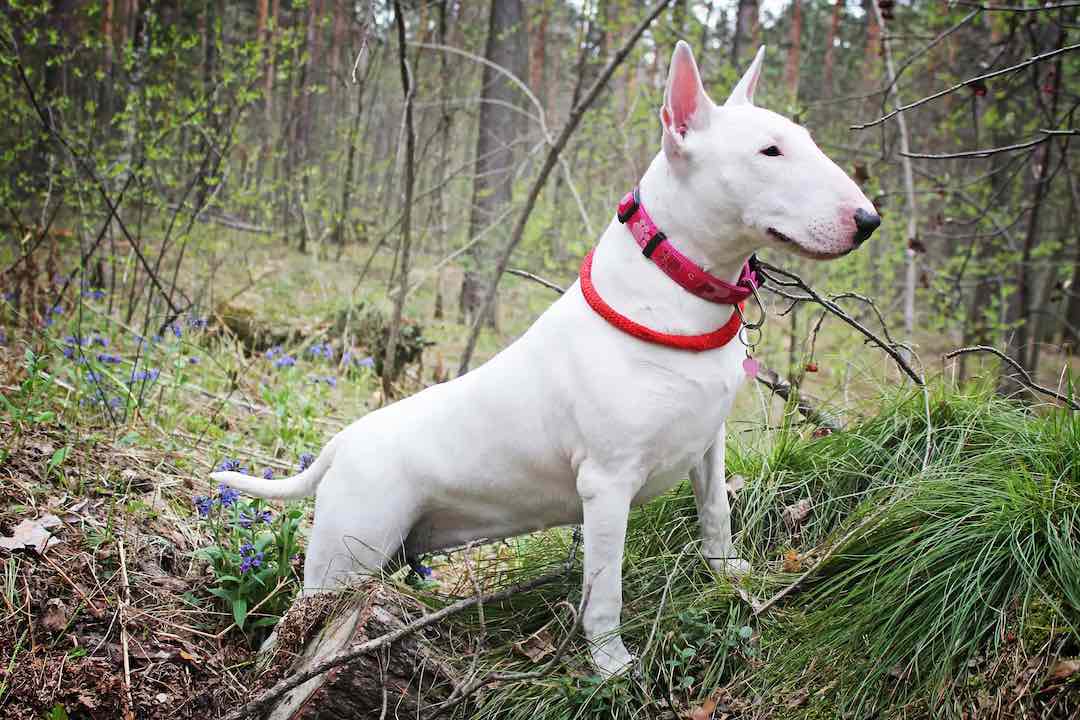
Temperament:
The history of the bull terrier is full of misunderstandings. Due to its fearless nature, the Bully unfortunately all too often makes its owners forget how playful and cuddly it is. A Bully needs a lot of affection to feel at ease. Anyone who chooses a terrier should look for a loyal, courageous and loving playmate. Anyone thinking about fighting should join the local martial arts club.
Characteristics
The bull terrier is a model of courage, self-confidence and determination. He combines good-naturedness and unconditional loyalty to his owner. This makes him an ideal companion dog. He has the proverbial thick skin and is not fazed by much.
Whether it's small children pulling at him, the noise of the city or other pets - the Bully remains relaxed. The breed standard describes its character as "fiery, courageous, even-tempered and people-friendly". As he can be very stubborn, consistency is essential when training the Bull Terrier.
The Bull Terrier is a spirited companion. It is as lively as it is playful. This can lead to many play accidents, but there is no malice behind it. He always wants to be with his family and protect them in exchange for cuddles. At the same time, he never shows the basic mistrust of guard dogs towards strangers. With the right training, the Bully is a perfect family dog that is also a great playmate for the little ones.
Now let's take a look at the "external values", i.e. the visual characteristics of the dog. Bull terriers are strong and muscularly built. Their streamlined body has a stocky appearance. However, the breed's agility is hard to beat. The most striking visual feature of the bull terrier is certainly the lack of stop.
The head is typically egg-shaped. The definition of the stop is: "The transition from the root of the nose to the top of the skull in dogs and cats". This gives the Bully its characteristic "downface", also known as a ram's head. Many breeders have exaggerated this feature in recent years. Overbred eye diseases are the result.
The jaw is - matching the body - strong and even. The eyes are narrow, slanted and of a dark, preferably black color. The ears are stiff and set erect.
The coat is short and smooth. The bull terrier is bred in the colors white, black, red, brindle and tri-color. The white dog is certainly the best known. One color should dominate among the colored animals.
Pure white animals can have a genetic defect. These animals are born deaf more often than their counterparts of other colors. If you buy your Bully from a breeder and decide on a pure white, have a hearing test carried out. A responsible breeder will have no problem with your request.
There are no size or weight restrictions for the Bull Terrier in the breed standards. The only requirement for conformation is: "Balanced conformation with a maximum of substance (not weight)".
Coat care:
Shedding:
Energy level:
Trainability:
Children suitable:
The right food
Bull terriers are real bundles of energy and musclemen. These characteristics need to be fed in the truest sense of the word. This is what sets the lively Bully apart from other breeds. When feeding your terrier, it is important to provide it with all the important nutrients.
You can set up the feeding place either near his basket or in the middle of the apartment. Quiet is usually a suspicious concept for terriers, so it can be a little livelier during feeding.
Fresh water should be available day and night. Food is a different matter again. These stocky animals tend to be overweight anyway, so you shouldn't make it any easier for them. Always keep your Bully moving, it's good for his body and soul - and also for your relationship.
The breed standard does not stipulate an upper weight limit, but the bones do it their own way. Spare your beloved pet joint problems and simply be consistent when feeding. Even if it is difficult with these little eating machines. Bullies love to eat and can hear the rustling of an open bag from what feels like ten kilometers away. At times like this, you have to resist their gaze and unpack the vegetables instead of the treats.
Never feed your Bully with "human" food. This means ready meals from the table or leftovers from dinner. Spices and additives are not good for him. You also don't want to have a begging bull terrier in the house.
Health & Care
The Bully's coat, like almost all short-haired coats, is relatively low-maintenance. Regular brushing (and lots of stroking) is actually sufficient if your dog is healthy. In winter, the coat must be trimmed so that it does not become matted. Even more important is that you regularly check your pet for parasites. Watch out for fleas, ticks, mites and worms.
Depending on how pronounced the ram's head is in your animal, this can lead to breathing problems. Endurance sport with overbred representatives of this breed is therefore more torture than pleasure.
Unfortunately, eye diseases are not uncommon in bull terriers. Check your pet regularly. If in doubt, it is better to visit the vet once too often.
Dental care is a particularly important issue for older dogs. Pay attention to whether the bad breath changes or your Bully suddenly chews differently. These are very clear signs that something is wrong in his mouth. To reduce the risk of dental problems, you can get your Bull Terrier used to dental care with a dog toothbrush and toothpaste as a puppy.
Bullies tend to become overweight quickly due to their physique. Weight control and the right diet are therefore an essential part of caring for your dog.
Suitable accessories
Make sure you use a sturdy harness that does not only transfer the pulling force to the dog's neck. The neck would be strong enough, but it would be uncomfortable for your dog. You won't get very far with pure force anyway. Leadership must be based on trust and training. Otherwise you are the underdog.
Shoes, coats, hats, sunglasses - these are all very questionable accessories. Your bully doesn't need them. He's a real outdoorsman, so please spare him them.
You will also need a good brush, food bowls and a dog basket or mat as a retreat. You are well equipped to start with.
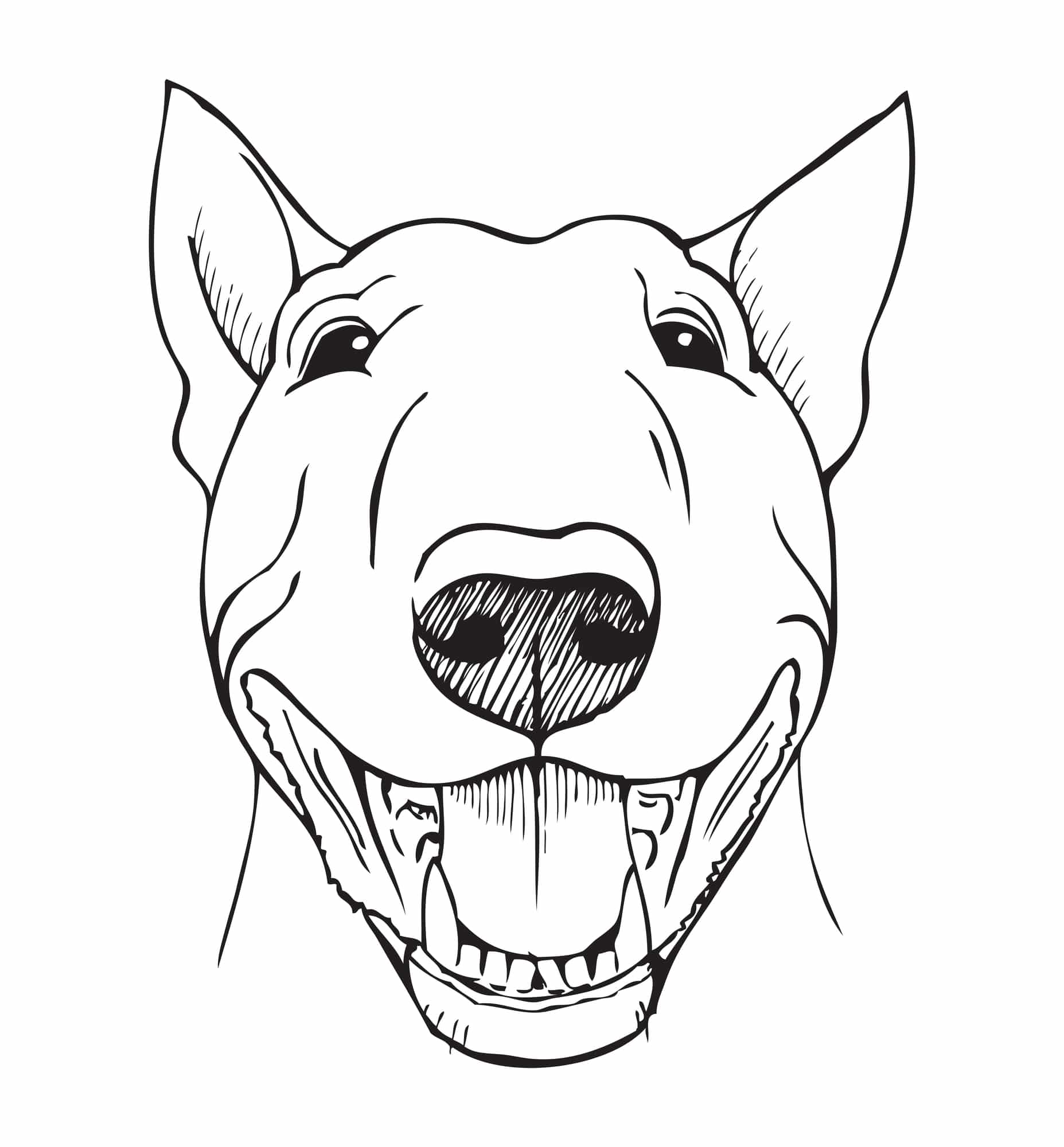
Origin & History
The bull terrier originated in England, and breeding of this breed began at the beginning of the 19th century. Small, agile dogs with a muscular body, boundless energy, speed and courage were required for rat hunting and work in the forest. In addition, the muzzle had to be ideal for biting. This description sounds a lot like fighting dog breeding. However, the original purpose of the bull terrier was to keep rats, badgers and other forest dwellers at bay.
The breed is a cross between the old English Bulldog, the Dalmatian and the White English Terrier. The ancestors are still visible in the offspring today. There are three types within the breed. The Bulldog type (shorter-legged, somewhat clumsy, often with a forward bite), the Dalmatian type (longer-legged, more elegant) and the classic Terrier type. The most popular type is the one that perfectly combines all characteristics. These dogs are known as "all-rounders".
Systematic breeding began in 1850 in Birmingham, England. Breeding probably began earlier. However, as there are no written records of this, this cannot be proven. In any case, James Hinks popularized the breed and rendered great services to breeding.
His dogs were often misused for the dog fights that were so popular in England. Today, however, it is assumed that Hinks never had this intention when breeding his dogs. "Unfortunately", Hinks' terriers were characterized by great courage and determination. Their muscular build and powerful muzzle made them ideal candidates for dog fights. Even today, they still bear the nickname "fighting dog". This does the bull terrier an injustice. They are naturally very even-tempered animals. Aggressiveness is even an exclusion criterion for breeding.
With the great success at dog shows, the size range was extended. The smallest dogs are called Toy Bull Terriers. They are judged separately at shows and competitions. In 1902, the Kennel Club lowered the weight limit for the smallest terriers to 3.6 kg. In 2011, the Miniature Bull Terrier was recognized by the FCI as an independent breed.
More breeds to discover
